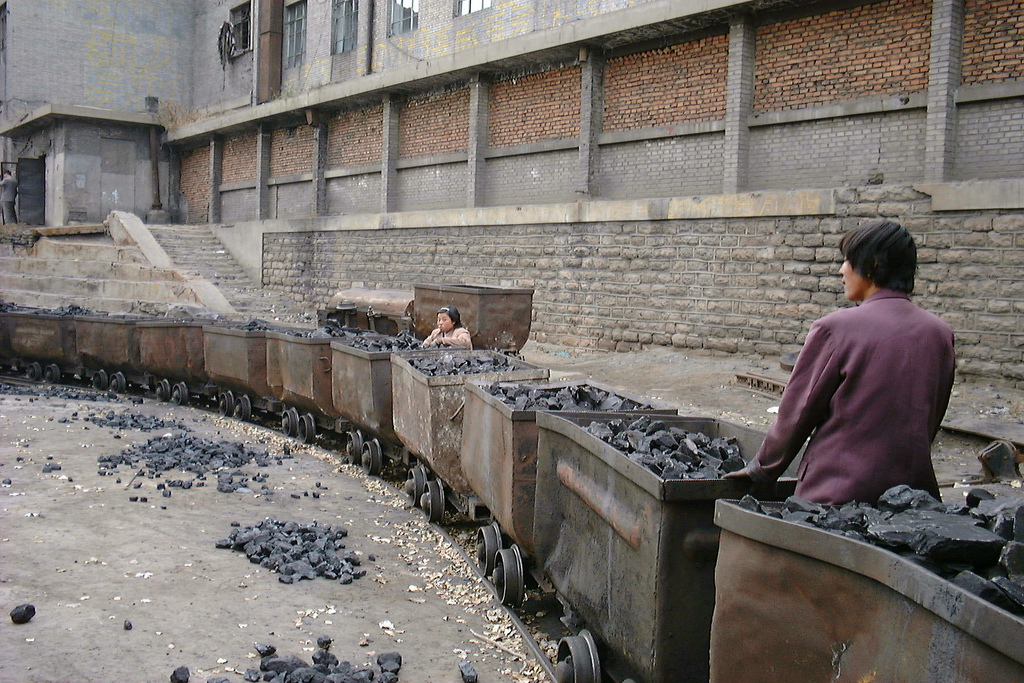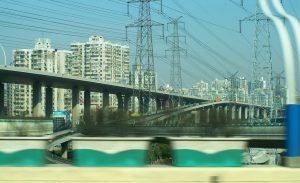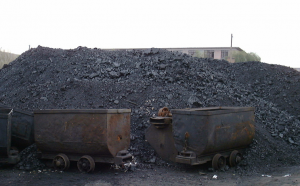Despite a commitment by China’s government that it will cut the amount of coal in the country’s generation mix, state-owned utilities continue to build new power stations using the fossil fuel blamed most for climate change, encouraged by incentives built into the country’s electricity market.
A report by Climate Policy Initiative, (CPI) published this week, says China’s powerful state-owned enterprises (SOEs) will likely keep on building coal-fired power stations unless the country delivers on promises to deliver a “green dispatch” system.
“The current expansion model of Chinese state-owned coal power enterprises will lock in emissions for the next several decades and poses a potential threat to the world’s climate,” CPI said in its report, adding: “Financial independence allows them to continue to pursue coal power expansion with or without government financial support.”
Under an overhaul to the tariff system, renewables would be given much greater priority to the grid. Currently, coal is favoured much more than any other energy source.
New coal-fired power in China is driven to a big degree by guarantees given to each power plant that they get a certain amount of operating hours. This means that coal-fired power plants have security for their investment even when there is overcapacity, prompting an outcome where grid operators fail to feed wind and solar power to the grid.
Analysis earlier this year from Berkeley University’s China Energy Group found that under China’s current proportional dispatch system, 75% of electricity will still be met by coal in 2020, falling to just under 70% by 2030. A strong green dispatch system could decrease coal input to the power sector by as much as 30% by 2030, it added.
But progress towards reform has been stymied by the powerful utilities and China’s grid operators, and despite increasing priority for green dispatch at the highest level, the changes may not be in place until the next decade and will require a major overhaul of grid technology.
The CPI report says the growing financial independence of SOEs means they are now capable of developing and operating coal power without overly relying on external finance, positive profits, or continued policy support.
That means efforts aimed at curbing cheap and easy cash to the large state-owned utilities will likely be ineffective, requiring the government to take bolder steps, points out Li Shuo, an analyst with Greenpeace.
“Tariff reform and green dispatch are good policies, but to turn them into practice takes time, I am afraid we will simply lose even more time and waste more capital. In fact, a ban on new coal power plants has already been put in place in key areas suffering from air pollution. So why not expand it nationwide?” he added.
China’s upcoming 13th Five Year Plan may expand curbs, currently applied to several provinces, to the entire country during the 2016-2020 period.
However, the prospect that government could, in effect, ban new coal-fired plants has prompted a ‘rush-before-sunset’ mentality among SOEs, which are scrambling to occupy a certain amount of capacity before the door is closed, points out Hongliang Chai, an analyst with Thomson Reuters Point Carbon.
“More clarity will be required on the coal cap,” he adds.
Another big question is whether the financial cushion enjoyed by SOEs will shrink sufficiently in the coming years, as slower economic growth and attempts to shift away from heavy industry could make large coal-fired power plants much less economically viable.
“Overcapacity may become permanent, posing a larger risk for state assets and the banking system that lends to these projects, especially when implied guarantees on SOE lending have often understated the need for banks to assess risks properly,” CPI points out.
But that expectation could be dashed by the cheap cost of coal, prices for which are likely to remain depressed for the next several years, according to a report on global coal demand published today by the International Energy Agency.
“Weak coal prices makes coal-fired plants profitable (despite fewer operating hours),” said Chai.
China’s rush of new coal-fired power stations are unlikely to alter the calculation that the world’s largest emitter of carbon dioxide (CO2) has already experienced peak coal. Today’s report from the IEA says the high point of China’s coal demand was likely to have been in 2013, and the closure of highly-polluting heavy industrial capacity (which accounts for around half of China’s coal use) will help China to meet its promise to peak CO2 emissions by 2030 or before.
But the inclusion of new coal-fired capacity onto the grid, despite flagging power demand, is a worry if it crowds out low carbon alternatives.
A decisive shift away from coal-fired generation over the next decade is required if China is to start bending its emissions curve lower after 2030.
Rent-seeking coal-fired power plants would hinder that task.







